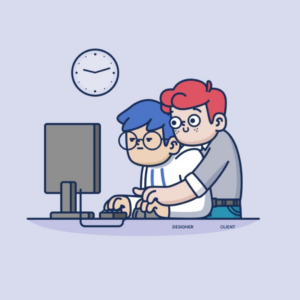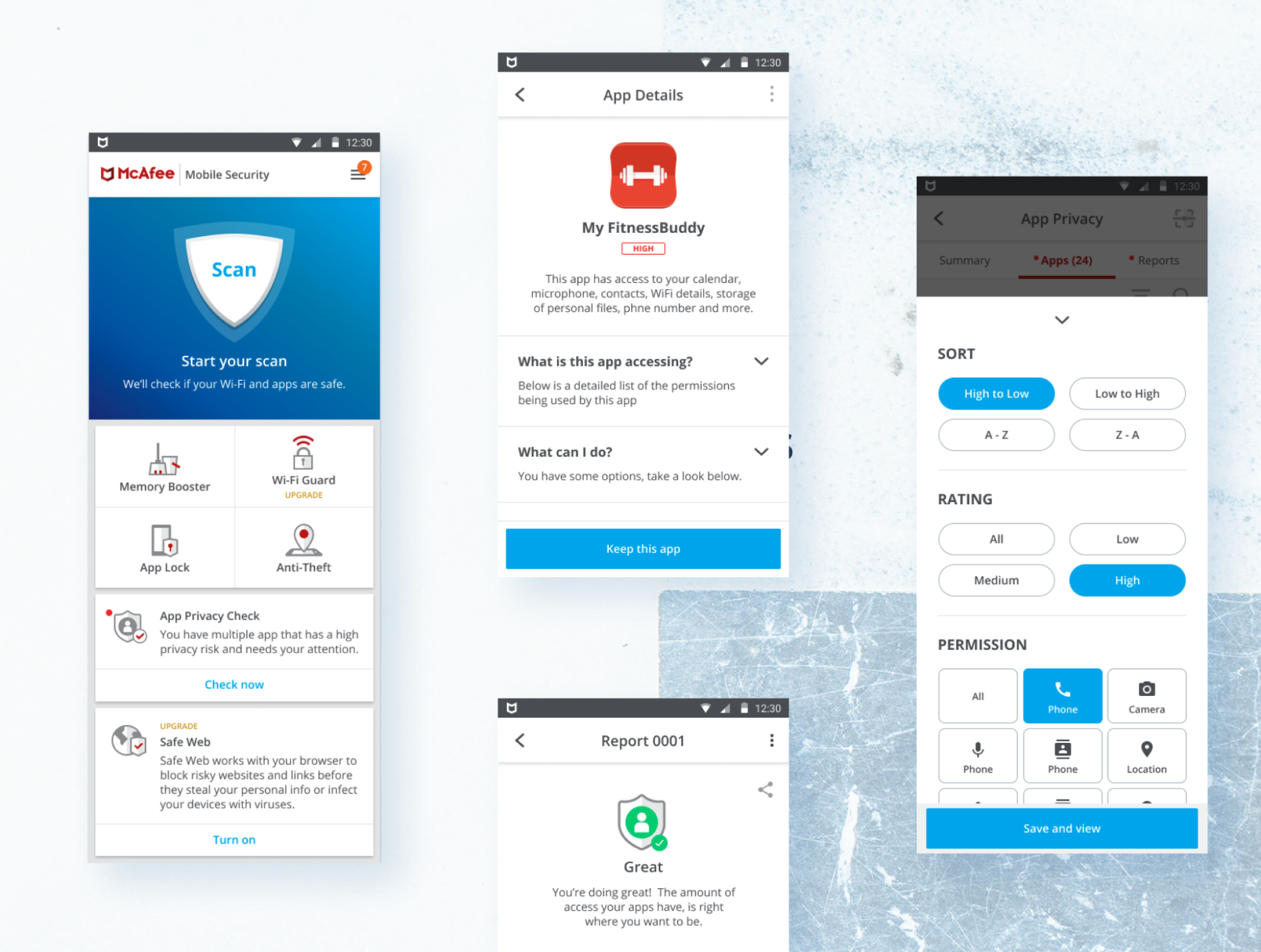In the realm of digital product design, System Design plays a pivotal role, shaping how users interact with technology daily. It’s a broad field that encompasses the process of defining the architecture, modules, interfaces, and data for a system to satisfy specified requirements.
This is particularly critical in UI (User Interface) and UX (User Experience) design, where the goal is to create products that are not only functional and efficient but also intuitive and engaging for users.
Understanding System Design in UX
System design in UX UI is about crafting a blueprint for a digital product that outlines the structure and behavior of user interfaces. It is essentially a roadmap that guides the creation of a system that users interact with.
The design process includes planning and integrating the interaction patterns, visual design elements, and information architecture, ensuring that the system is user-friendly and meets the expected business goals and user needs.
The process involves several key components
- Information Architecture (IA): This refers to how information is organized and presented in the product. Effective IA makes the product more navigable and content more accessible.
- Interaction Design: It involves designing how users interact with the application’s interface, including elements like buttons, gestures, and animations.
- Visual Design: This focuses on aesthetics and includes the selection of colors, typography, and images that ensure the interface is visually appealing.
- Responsive Design: This ensures that the application provides an optimal experience across different devices and screen sizes.
- Design System: A design system is a group of reusable elements, patterns, and rules that uphold efficiency and consistency in the design process. It facilitates cooperation, speeds up the development process, and guarantees a consistent user experience across all touchpoints.
Why is system design important in UX?
Enhances user experience: Good system design ensures that users can navigate the software or website intuitively and get where they want to go without unnecessary complexity. This directly impacts user satisfaction and engagement.
Promotes consistency: Through the use of standardized UI components and design patterns, system design helps maintain consistency across the product. This consistency makes it easier for users to understand and predict how the system behaves.
Facilitates scalability: By establishing a clear framework early on, system design makes it easier to scale the user interface as the system grows. This means new features can be added without disrupting existing functionalities.
Increases efficiency: When a system is well-designed, it streamlines development. Reusable components and clear guidelines reduce the amount of time developers spend coding, which speeds up the development process and reduces costs.
Improves accessibility: System design often incorporates accessibility features from the start, which means that the product is usable by people with a wide range of abilities, thus reaching a broader audience.
Challenges in system design
Despite its importance, system design is not without challenges. It requires a deep understanding of both the users’ needs and the business objectives. Designers must balance functionality with aesthetics, often within technical constraints. Additionally, as technology and user expectations evolve, maintaining an adaptable system design that can accommodate these changes is crucial.
Conclusion
System Design in UI/UX is more than just making things look good; it’s about creating a seamless and efficient experience that meets the needs of users and helps businesses achieve their objectives. By focusing on the user’s journey through the entire system, designers can ensure that the end product is not only functional but also enjoyable to use.
Investing time and resources in a thoughtful system design process is essential for any business that wants to succeed in the competitive digital landscape. It ensures that products are built on a solid foundation, ready to adapt to future needs and innovations.























